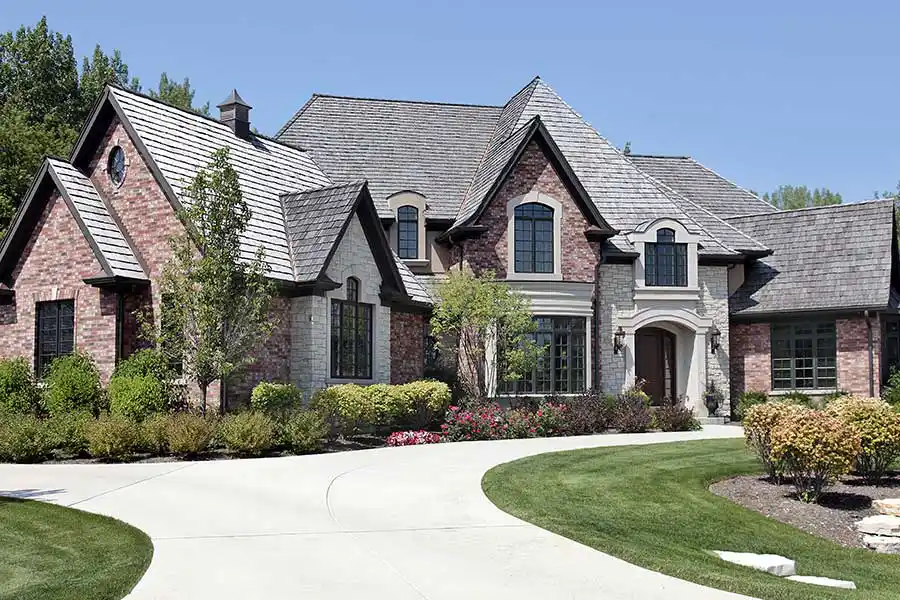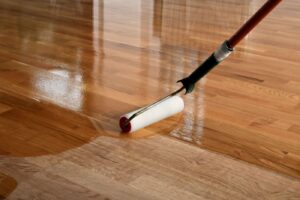Tips for Preventing Termite Damage in Kansas City Homes

Termites are among the most destructive pests a Kansas City homeowner can face. These tiny, wood-eating insects can silently destroy the structural integrity of your home before you even notice a problem. In fact, termite damage often costs thousands of dollars in repairs each year across the Midwest.
The good news? With the right knowledge and proactive steps, you can significantly reduce the risk of termite damage to your Kansas City home. In this post, we’ll cover practical tips to help you prevent termite infestations and protect your most valuable investment.
Why Are Termites a Concern in Kansas City?
Kansas City’s climate, with its warm summers and relatively mild winters, provides ideal conditions for subterranean termites—the most common and damaging termite species in the area. These termites build underground colonies and access your home through soil-to-wood contact, wood siding, or gaps in your foundation.
Because termites feed inside wood structures, they often remain hidden until damage is severe. Regular prevention and inspection are critical to catching termite activity early.
1. Eliminate Wood-to-Soil Contact
One of the easiest ways to prevent termites is to remove direct contact between wood and soil around your home’s foundation. Termites use this contact as a highway to access wooden structures.
- Avoid stacking firewood or lumber directly against your house.
- Keep wooden fences, decks, and siding elevated and properly sealed.
- Use concrete or metal barriers where wood meets soil.
2. Reduce Moisture Around Your Home
Termites thrive in moist environments. Excess moisture around your foundation attracts termites and other wood-damaging pests.
- Fix leaking faucets, pipes, and air conditioning units promptly.
- Ensure gutters and downspouts direct water away from your foundation.
- Grade your yard to slope away from your home, preventing water accumulation near the foundation.
- Avoid overwatering plants and grass near your house.
3. Seal Cracks and Gaps
Termites can enter your home through tiny cracks in the foundation or gaps around utility lines and pipes.
- Inspect your foundation regularly for cracks and holes.
- Seal any openings with appropriate materials such as caulk or foam sealant.
- Pay special attention to areas where pipes, cables, and wires enter your home.
4. Use Termite-Resistant Building Materials
If you’re building or renovating, consider using termite-resistant materials.
- Treated wood is chemically infused to resist termite damage.
- Concrete, steel, and other non-wood materials reduce termite risks.
- Use termite shields or physical barriers during construction.
5. Keep Your Home and Yard Clean
Clutter and debris provide shelter for termites and make infestations harder to detect.
- Remove dead trees, stumps, and plant debris from your yard.
- Keep mulch away from your home’s foundation, or use termite-resistant mulch like cedar or rubber mulch.
- Regularly clean crawl spaces, basements, and attics.
6. Schedule Regular Termite Inspections
Professional termite inspections are essential, especially if you live in a high-risk area like Kansas City.
- Inspectors look for signs like mud tubes, damaged wood, and termite droppings.
- Early detection leads to faster treatment and less damage.
- Many pest control companies offer ongoing termite monitoring and prevention plans.
7. Consider Preventive Treatments
If termites are a known risk in your neighborhood, talk to a pest control professional about preventive treatments.
- Soil treatments create a chemical barrier that repels or kills termites.
- Baiting systems lure termites to toxic bait stations placed around your home.
- Treatments should be performed by licensed professionals to ensure safety and effectiveness.
8. Educate Yourself on Termite Signs
Knowing what to look for can help you spot termite activity early.
- Look for mud tubes along foundation walls or wooden structures.
- Check for hollow-sounding wood or blistered paint.
- Discarded wings near windows or doors indicate termite swarms.
Final Thoughts
Termite damage is a serious threat for Kansas City homeowners, but it’s not inevitable. By taking proactive steps—eliminating wood-to-soil contact, controlling moisture, sealing entry points, and scheduling regular inspections—you can protect your home from these silent destroyers.
When in doubt, consult a trusted local pest control professional who understands Kansas City’s termite risks and can provide tailored prevention and treatment plans.
Protect your home today and avoid costly repairs tomorrow! We recommend kansas city pest control.







